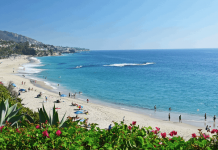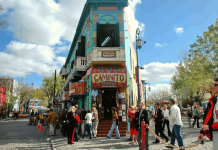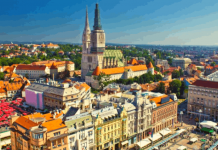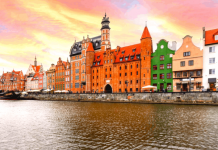The term Megalopolis was first used by the French geographer Jean Gottmann, in reference to the northeastern coast of the United States, which was, and still is, heavily populated.
The term is still important in the US today, as the country’s population continues to grow, and more megalopolitan regions pop up.
In this article, we’re going to take a look at the Northeast Megalopolis, what it takes to define a Megalopolis, and some other important terms. Read on for more.
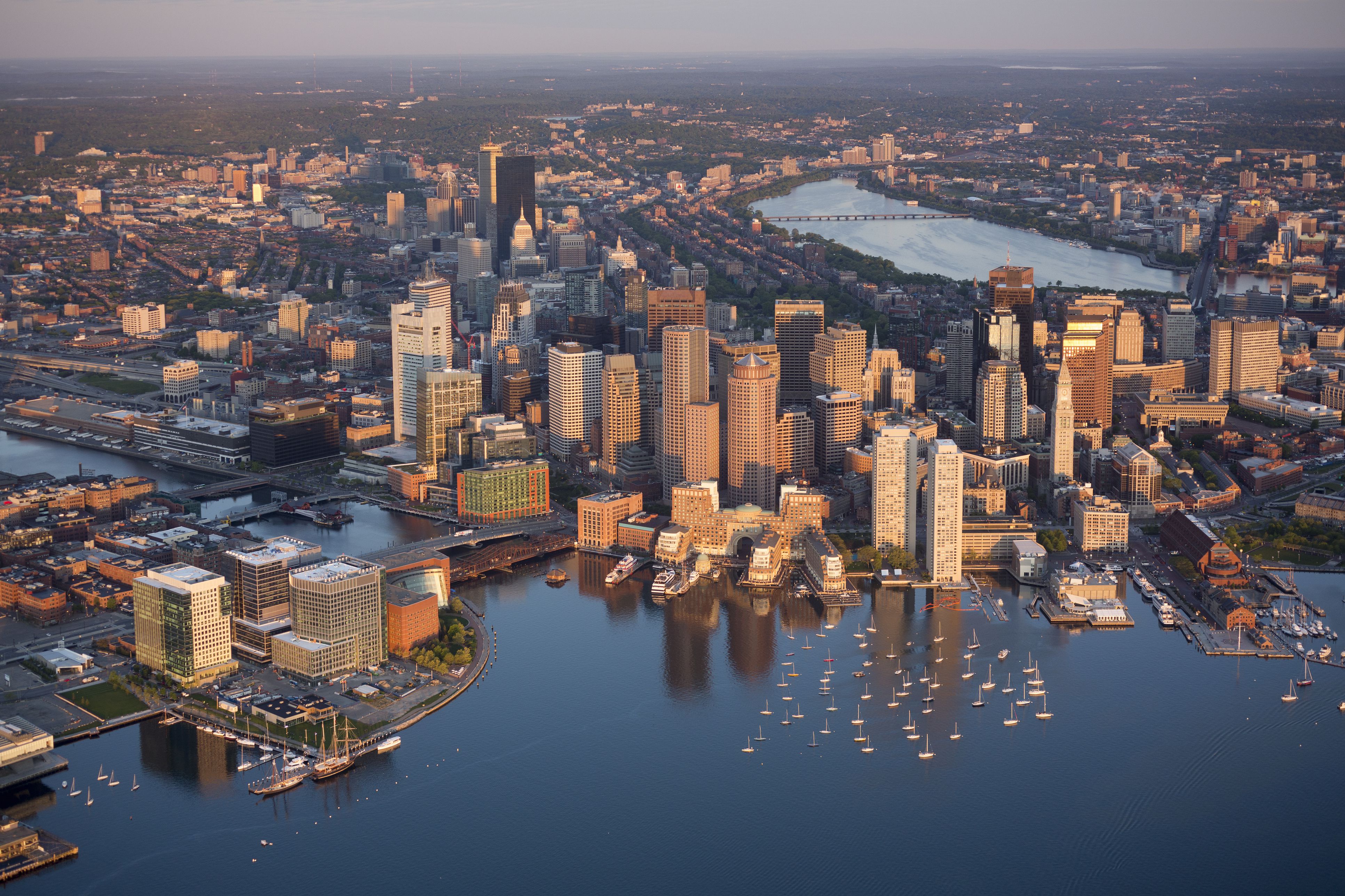
What is the Northeast Megalopolis?
The Northeast Megalopolis, also sometimes called the Boston-Washington corridor, is the most populated megalopolis found in the United States, boasting over 50 million residents. It is also the most urban megalopolis in the country, as well as the one with the greatest output economically.
It is found mainly at the Atlantic Ocean, and runs northeast to the southwest, traveling from Boston’s northern suburbs, to Washington’s southern suburbs. This megalopolis travels in a mostly-straight line that runs along part of Route 1.
It houses around 17% of the country’s population, with around 1 000 people every square mile. There are hundreds of universities and tertiary institutions in the area, most of which are considered to be the top universities in America.
Click here to read more about the northeast megalopolis.
The Difference Between a Megacity, Metropolis, and Megalopolis
Megacity
The term Megacity is used to describe cities that exceed a specific number of inhabitants. It was first used in 1904 by the University of Texas, and it comes with some ambiguity, as various organizations use different criteria in their definitions.
The most commonly accepted definition is a city with a population of more than 10 million, but there are others that state that an urban area with only 8 million, with a 2 000 person/k2 can also be considered a megacity
By modern standards, the first ever megacity was New York, which exceeded the 10 million mark in 1936. The general trend of the time saw many megacities pop up in places that were already developed, like London and Paris.
Recently, though, there has been a change, and nearly 70% of the 47 megacities on the planet are located in Asia. This value is expected to increase in the near future, as global urbanization progresses. The most populated cities in the world today are Shangai, Tokyo, Seoul, Delhi, and Jakarta.
Metropolis
The word ‘metropolis’ is Greek for ‘mother city’, and was first used to describe places that settlers came from, who would colonize certain areas. Since then, it has been used to describe large cities that are the hubs for regional and national socio-economic activities, usually sharing many characteristics with global cities.
Megalopolis
Megalopolis is the term used to define a group of cities that are well-networked, and can form as a result of several reasons. Geography often greatly influences the development of megalopolises, as well as goof regional and international transportation networks.
The economic expansion of one city will often have a positive effect on its neighboring area. Like megacities, we are noticing more and more megalopolises emerge in Asia, more than anywhere else.
How Does a Megalopolis Form?
Gottmann’s Megalopolis had a few characteristics that are now used to define the way that a Megalopolis forms. The first is, of course, a high population density. In the 60s, Megalopolis had an average population density of 700/square mile.
Next is jobs and trade. When a region has a high population density, it will have many workers and consumers, and manufacturers within MEgalopolis will have quite an advantage when it comes to location.
Megalopolis will also need to have good transportation, with infrastructure like airports, railroads, and highways between the cities that make up Megapolis. A more fluid traffic system will need to be developed, so that cities may become more independent and integrated in comparison to the rest of the country.
When a Megalopolis does form, it will inevitably have a large influence on the culture of the country it occupies. Click here to learn more about the spread of megalopolis.
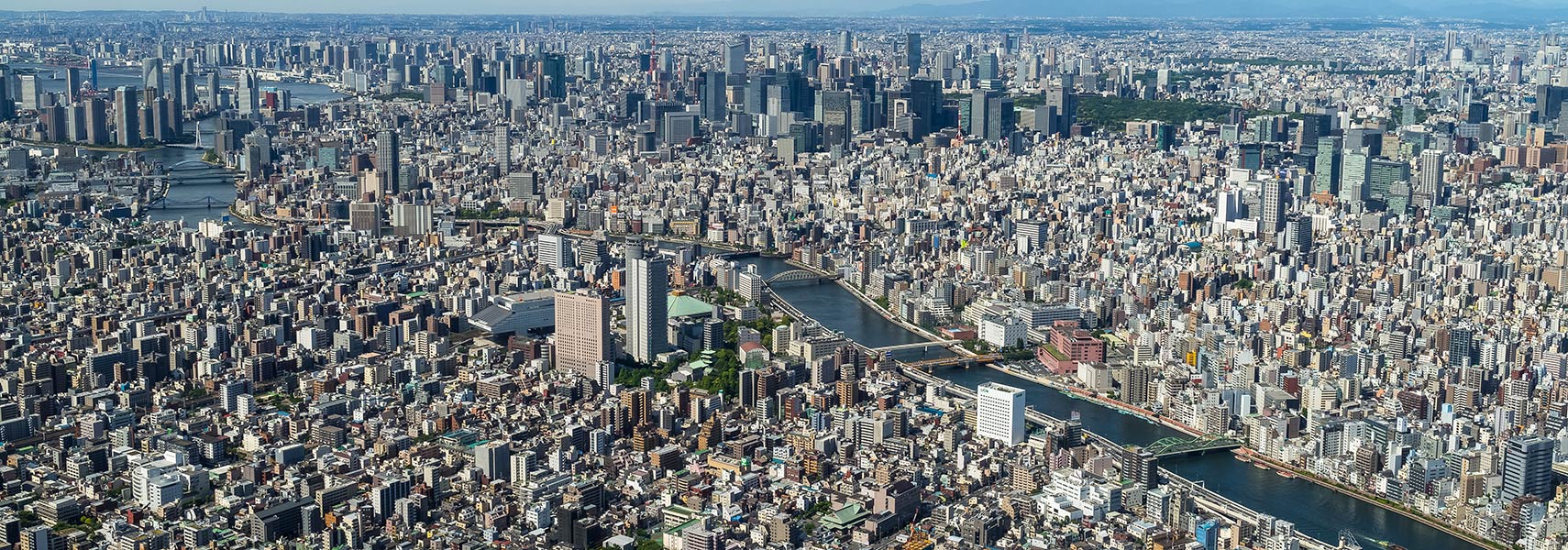
Summary
By now, it should be obvious that a megalopolis does not form overnight. In fact, the formation of one takes several decades, and we expect to see many more arise in densely populated areas.



